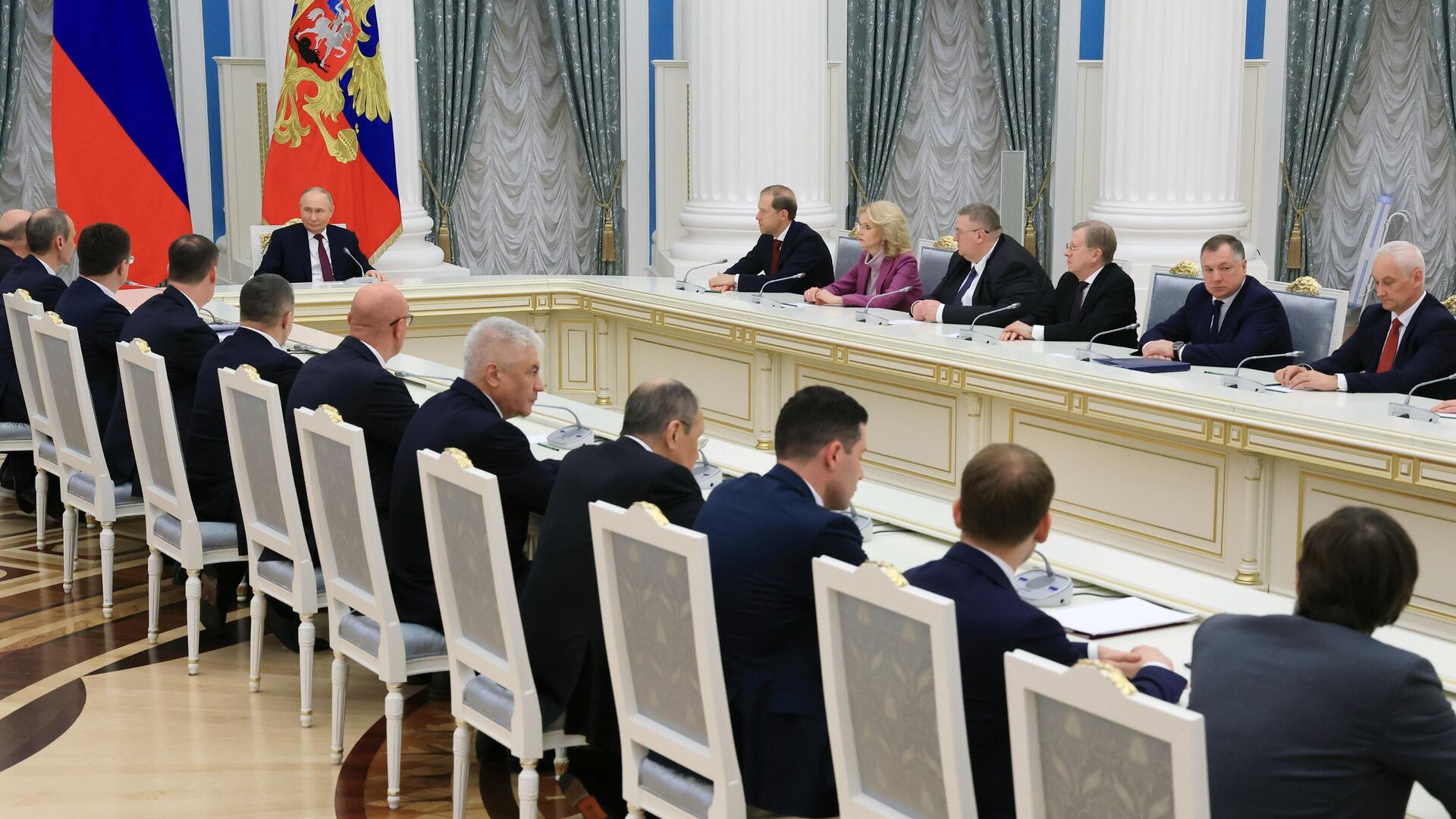Russia operates under a semi-presidential system, a political system that blends elements of a presidential system and a parliamentary system. This unique structure has significantly shaped the country’s political landscape.
Key Features of the Russian Government
- President: The President is the head of state and the most powerful political figure in Russia. They are directly elected by the people and serve a six-year term. The President has significant powers, including the authority to appoint the Prime Minister, veto legislation, and command the armed forces.
- Prime Minister: The Prime Minister is the head of government and is responsible for implementing government policies. They are appointed by the President and must be approved by the State Duma, the lower house of the Federal Assembly.
- Federal Assembly: The Federal Assembly is Russia’s bicameral legislature, consisting of:
- State Duma: The lower house, elected by popular vote.
- Federation Council: The upper house, composed of representatives from each of Russia’s federal subjects.
- Judicial Branch: The judicial branch is headed by the Supreme Court, which is responsible for interpreting the Constitution and ensuring the legality of government actions.
Recent Political Trends
In recent years, Russian politics has been characterized by a strong centralization of power, with the President playing a dominant role. This trend has been accompanied by a decline in the influence of political parties and civil society.
Key political developments in recent years include:
- Constitutional Amendments: In 2020, Russia adopted constitutional amendments that significantly expanded the powers of the President and limited presidential term limits.
- Suppression of Dissent: The Russian government has increasingly cracked down on dissent, with numerous opposition figures arrested or exiled.
- Foreign Policy Assertiveness: Russia has pursued an assertive foreign policy, intervening in conflicts in Ukraine, Syria, and other regions.
The future of Russian politics remains uncertain. While the current political system is stable, it is subject to potential changes and challenges. The country’s geopolitical ambitions, economic development, and social issues will continue to shape its political landscape.

Leave a Reply